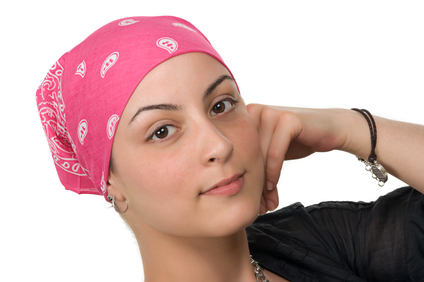Physical Therapy and Breast Cancer
As a physical therapist who is a breast cancer survivor, I have a unique perspective regarding the benefits of physical therapy for breast cancer patients. After bilateral mastectomy and reconstruction, (in my case, deep inferior epigastric perforators (DIEP) flap surgery), PT was instrumental in helping me resume a normal life. Manual therapy to my neck, shoulders, and thoracic spine helped restore range of motion and  relieve discomfort. Scar mobilization minimized soft-tissue restriction and allowed for normal breathing and nerve mobility. Postural exercise/strengthening helped increase blood flow and restore strength for activities of daily living (ADLs).
relieve discomfort. Scar mobilization minimized soft-tissue restriction and allowed for normal breathing and nerve mobility. Postural exercise/strengthening helped increase blood flow and restore strength for activities of daily living (ADLs).
I was fortunate to have no lymph node involvement, but for patients who do, PTs can help minimize swelling/lymphedema with specialized hands-on treatment, wrapping, compression garments, and patient education.
Besides hands-on treatment, education and instruction from a physical therapist can assist breast cancer patients to safely and properly progress back to normal activity. A program, individualized for each patient, can help breast cancer patients return to their lives with hope that they can return to their prior level of function.
References
American Cancer Society
Alice Kahl has worked in the field of orthopedics and sports medicine for 29 years and specializes in helping patients recover faster than with average care. She feels blessed to be able to help people live healthier, more active and more productive lives. She owns Alice Kahl Integrative Physical Therapy in Orange Country, CA. Visit her website, alicekahlpt.com



